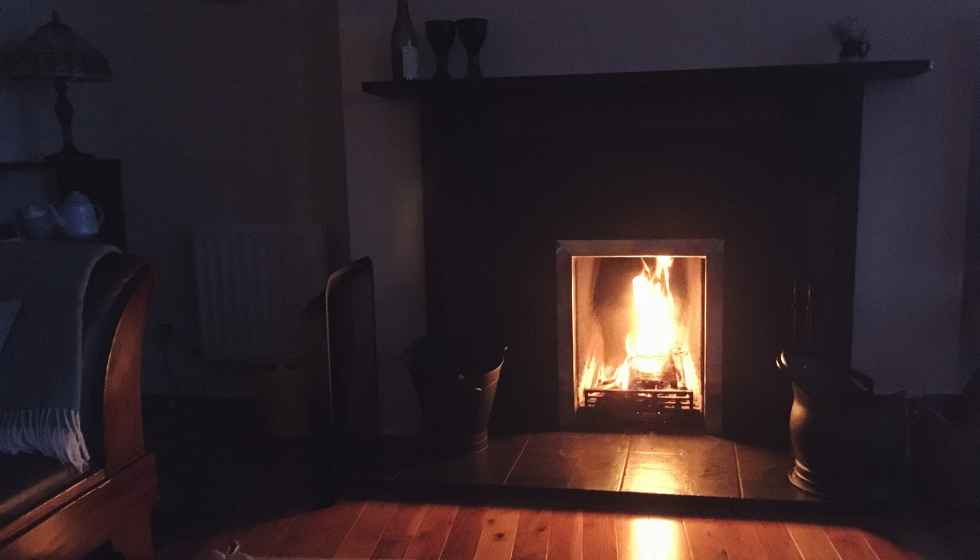Introduction
When a fire ravages a home, the flames are not the sole destructive force. The residual smoke can linger, causing extensive damage and presenting potential health risks. Understanding smoke damage and knowing how to address it are crucial steps towards restoring your home to its former glory. This article guides you through interpreting the signs of smoke damage and the necessary measures for effective restoration.
Decoding Smoke Signals
Smoke damage might not always be visibly apparent, but it often leaves tell-tale signs in its wake. Discoloration of walls, ceilings, and other surfaces are common indicators. Smoke leaves behind an unsightly residue, known as soot, which can be greasy to the touch. It can tarnish metal fixtures and etch glass over time.
Perhaps the most pervasive sign of smoke damage is the strong, unpleasant odour that seems to linger in all corners of your home. This smell permeates furniture, fabrics, and even the very walls of your home. It’s a lingering reminder of the fire, and, unfortunately, one of the hardest elements to fully remove without professional help.
Immediate Steps
When faced with smoke damage, your immediate reaction might be to clean everything. However, it’s essential first to ensure the environment is safe. Avoid areas where ceilings are sagging from water damage, and don’t touch electrical appliances before an electrician has checked them.
Ventilation is crucial in the aftermath of a fire. Open all windows and doors to allow fresh air to circulate and clear out some of the smoke smell. Temporary measures like air purifiers and deodorizers can offer some relief but are seldom sufficient to eliminate the smoke odour entirely.
Covering items that haven’t been damaged with clean sheets or plastic can help prevent soot from settling on them. Cleaning soot from surfaces without the right equipment or knowledge can lead to irreversible damage, so avoid vigorous scrubbing or the use of household cleaning agents.
Contacting Professionals
While there are steps you can take independently, smoke damage restoration often necessitates the expertise of professionals. Smoke is a complex mixture of different compounds, and its interaction with various surfaces requires a tailored approach for cleaning.
Professional restoration services are trained to identify the type of smoke damage – whether it’s dry smoke, wet smoke, protein residue, or fuel oil soot – and use the appropriate cleaning method. They have access to specialized equipment and industrial-grade cleaning products not available to the general public.
Moreover, professionals have the expertise to address the pervasive issue of smoke odour. They use advanced techniques, like thermal fogging or ozone treatment, to neutralize the smell and improve air quality. They also ensure a thorough cleaning, sanitation, and restoration process, returning your home to a safe and comfortable living space.
The Value of Professional Intervention
Dealing with the aftermath of a fire can be overwhelming, with smoke damage adding to the challenge. Professional restoration services offer much more than just a deep clean; they bring expertise, efficiency, and peace of mind. They navigate the intricacies of smoke damage, applying their knowledge to restore your home effectively and safely. Their involvement can expedite the recovery process, help you avoid costly mistakes, and, importantly, free you from the burden of tackling the situation alone.
Conclusion
Interpreting and addressing smoke damage is a crucial aspect of fire damage restoration. While the signs of smoke damage may be distressing, understanding what they mean and how to respond can significantly aid the recovery process. Remember that you don’t have to navigate this daunting task alone; professional restoration services exist to guide you through the process. With their help, your home can shed its smoke signals, emerging clean, restored, and inviting once more.


